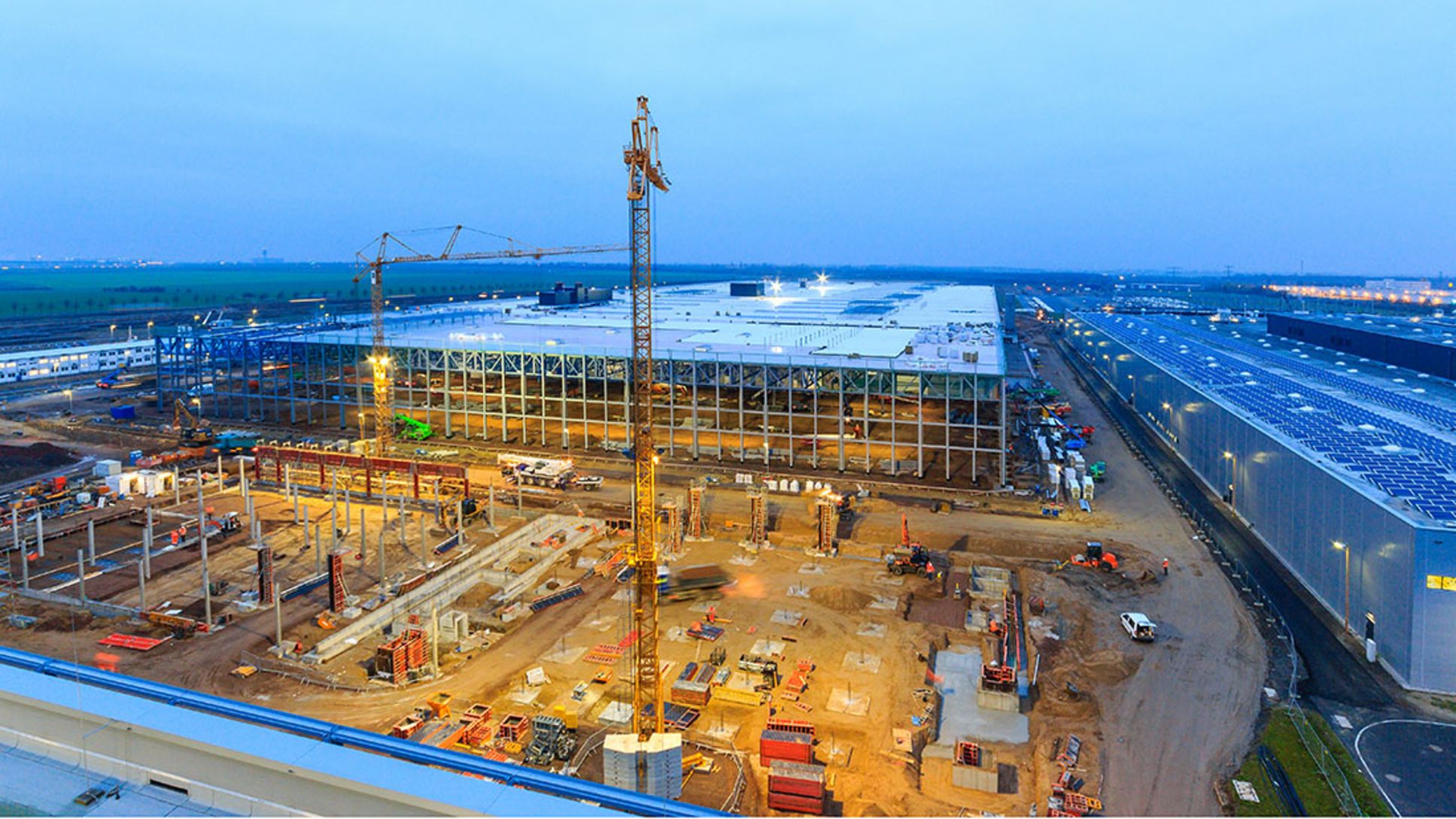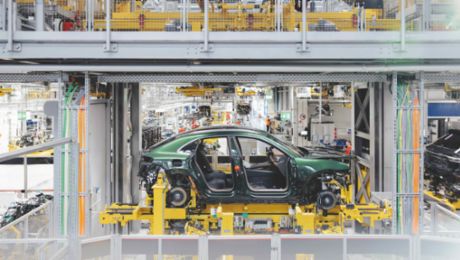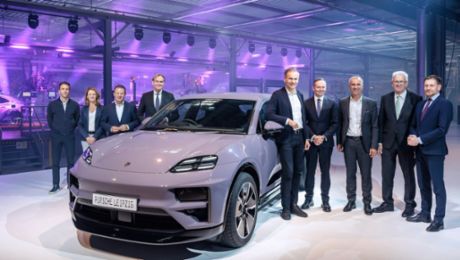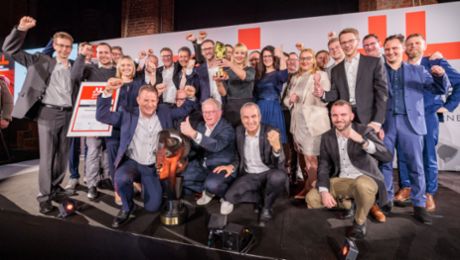The starting shot for the fourth plant extension at the Porsche location in Saxony was fired in spring this year. In March, Chairman of the Executive Board Matthias Müller announced that the Panamera would be fully assembled in Leipzig as from 2016. Body production and painting for the sporty saloon car would then be relocated to Saxony. Since the start of production of the fourth Porsche model series in 2009, painted bodies have been supplied to Leipzig from the Volkswagen plant in Hannover.
A new body shop built to the latest standards is now rising up on the west of the factory compound to house the complete production of the Panamera. The project has an ambitious time schedule: by December, work is due for completion on the building structure and the façade. Installation of the machinery will then start in February 2015. The overall objective is to complete an area of 70,000 square metres for production and logistics. Work on the construction site is taking place almost round the clock.
Many new jobs created
Besides the new body shop, extension work is also proceeding on other production areas, for example in assembly. The plant extension at Porsche in Leipzig will create many new jobs over the coming two years. The first recruitment wave has already begun. During the first phase, the company will hire about 200 highly qualified engineers to work in Planning, Body Assembly, Logistics and Quality. In 2015, recruitment will then start for assembly workers. The company is also looking for several hundred new workers in production.
Starting in 2016, the Panamera will be the second model to be fully assembled in Leipzig. The first was the Macan which has been rolling off the assembly line there since 2013. The Leipzig plant had already been expanded for production of the compact SUV.
Consumption data
Panamera: Combined fuel consumption: 10.7 – 6.4 l/100 km; CO₂ emission: 249 – 169 g/km
Macan: Combined fuel consumption: 9.2 – 6.1 l/100 km; CO₂ emission: 216 – 159 g/km



